Today we’ll cover the shelf life, storage options, and spoilage of kefir.
Say you’ve just opened a fresh container, and you’re wondering how long kefir lasts after opening.
Or maybe yours has been opened for more than a couple of day, and you want to know what are the spoilage signs you should look out for. How to tell if kefir is bad?
Sounds like you?
If so, this article is for you. Read on.
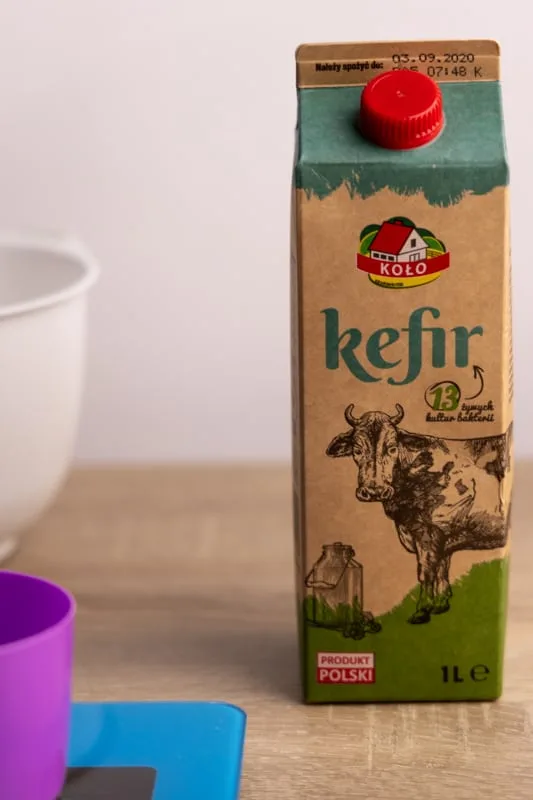
How to Tell if Kefir Is Bad?
Your kefir has gone bad if:
- It’s moldy. Mold is the most obvious sign. It might be a noticeable fuzzy growth or just a few pink or orange spots here and there. If your kefir is in a carton, pour it into a glass before using to have a closer look at what’s going on.
- It’s heavily separated. If it looks more like water and a bunch of almost solid chunks, it’s not good anymore. It should be similar to buttermilk in texture.
- It smells super sour or off in any other way. Kefir typically smells a bit sour or vinegar-like, but if it was mild after opening the carton and now it’s sharp and biting, get rid of it. The same applies if it smells moldy.
- The taste is too sour. As a living product, kefir becomes stronger in flavor over time. And at a certain point, you will likely find that it’s too much for your taste buds. If that’s the case, discard it or perhaps try using it in a recipe where that flavor will fit right in.
Overly sour kefir is perfectly safe to consume, maybe just not the most taste-buds-friendly.
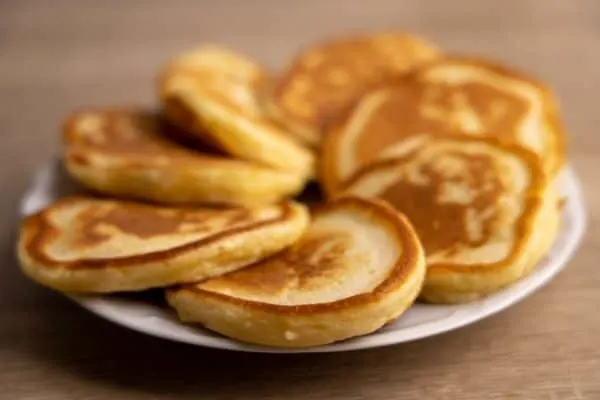
I want to reiterate that kefir is a fermented milk drink, and as such, it has all the characteristics of other fermented products, like sauerkraut or kombucha.
That means that its taste, texture, and the amount of fizz in it will be different from batch to batch, and also change depending on the season.
The fact that this bottle doesn’t taste or feel exactly like the other bottle from the same producer doesn’t mean it’s spoiled. Kefir is an alive and active product, and every bottle or carton is somewhat unique.
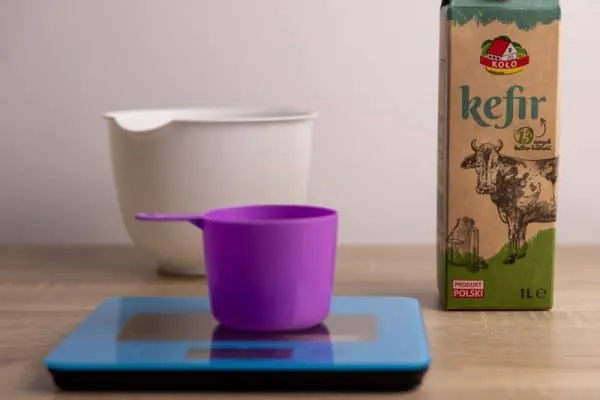
How Long Does Kefir Last?
Kefir should retain quality for at least a couple of days past the printed date before it becomes too sour to use. After opening, kefir lasts up to two weeks, or until the date on the label, plus a few extra days.
That’s kefir’s shelf life in a nutshell.
Since kefir is a fermented drink that doesn’t go bad that easily, treat the printed date as an estimate of how long its taste should be optimal. So if you’re okay with a pretty sour kefir, you might get a couple of extra days of storage beyond what I mentioned earlier.
That said, I think having a hard stop date instead of simply storing kefir as long as it doesn’t seem spoiled is a good idea. For that, I suggest adding a week to the printed date.
And if your kefir is “expired,” make sure to check it for all possible spoilage signs before using it.
Furthermore, remember that the flavor and sourness of kefir vary from batch to batch. So even if your favorite kefir is usually okay for a few days past the printed date, it doesn’t mean that will always be the case.
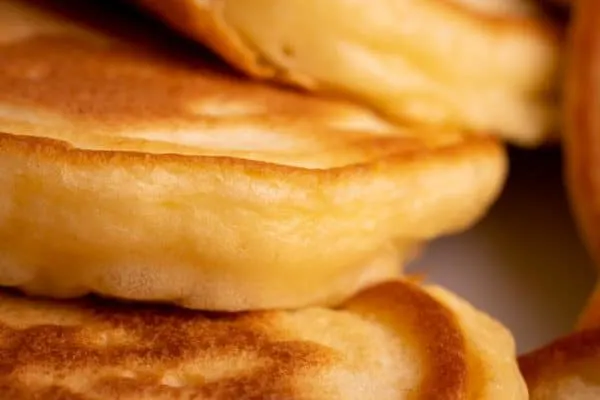
After Opening
Once you open the package, the shelf life of kefir doesn’t really change. It can still last for up to a few days past the printed date. The only thing that changes is that there’s now a much higher chance of microbial contamination, causing the kefir to spoil.
In other words, it’s not a given that the kefir you opened two weeks before its date will last until that date or even a couple of days beyond it. If you’re unlucky and the dairy product gets contaminated, it might spoil within a few days of opening.
Finally, as with similar dairy products such as buttermilk or sour cream, it’s best to consume this fermented milk drink as soon as possible.
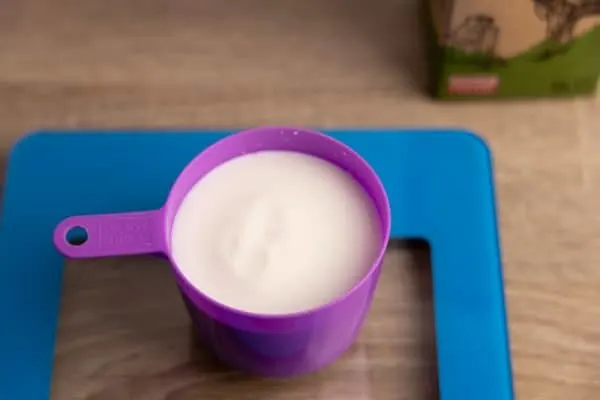
How To Store Kefir
Store kefir in the fridge and make sure the leftovers are sealed tightly.
If your kefir doesn’t come in a resealable container or carton, pour the leftovers into a mason jar or plastic container so you can seal them tightly.
Aluminum or plastic wrap and a rubber band is a decent makeshift solution if you don’t have any containers around.
(Leaving a half-open unsealed carton of kefir anywhere for an extended period is asking for trouble.)
Refrigeration keeps kefir safe for consumption and prevents the fermentation process from accelerating. And the long shelf life I discussed above is caused by the fermentation going slowly and steadily.
If you leave kefir at room temperature, fermentation will pick up the pace, and your kefir will become super sour and almost vinegar-like in taste in a couple of days.
But what if you’d like to keep kefir for longer?
That’s when you need to start thinking about freezing it.
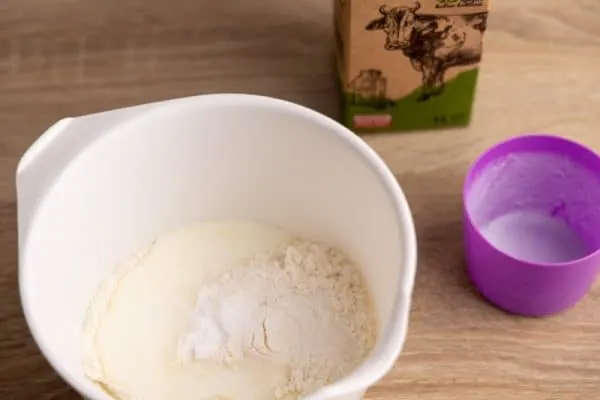
Can You Freeze Kefir?
You can freeze kefir, but remember that it separates after thawing. You can mitigate the effect a bit by stirring or blending defrosted kefir, but it only helps so much. Because of that, frozen kefir works best in cooked and baked dishes, where the altered texture isn’t a big deal.
In other words, you will lose some of kefir’s creamy consistency in the process. That means you probably won’t enjoy drinking that kefir on its own. But using it for a smoothie or in a cooked recipe should work just fine.
The loss of creaminess won’t be as noticeable in such a dish, as other flavors will take over, and everything should blend together just fine.
In some recipes the frozen and thawed kefir might not work as well as in others. It’s best to run a test before making a big batch.
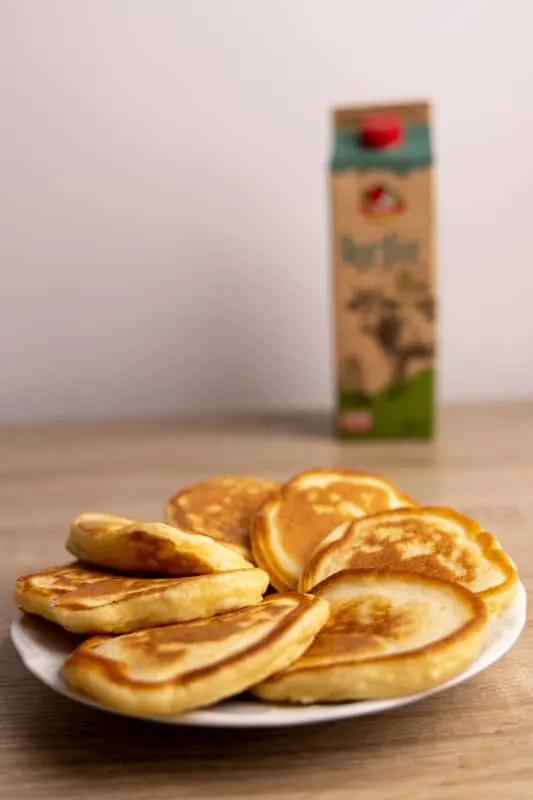
To reduce the texture change effect, try freezing kefir using an ice cube tray.
Pour the liquid into the tray, freeze the cubes, and transfer them to a freezer bag once rock solid. You will probably still need to blend it after thawing, but the effects should be better.
That said, if you need to freeze a few cups of kefir, you might not want to bother with an ice cube tray. Or at least I couldn’t be bothered with it. And that’s when you’re left with freezer bags or containers, and a more significant texture change.
When it comes to the question of whether or not the probiotics survive the freezing, it’s difficult to tell. Chances are some of them will become dormant when frozen and activate again once thawed, but I didn’t find any legitimate research or tests on this subject.
In other words, if what you care about the most when drinking kefir is your health, drink your kefir fresh.
Kefir Shelf Life and Spoilage Summary
Thanks for reading this primer on kefir. Here are the key takeaways:
- If your kefir is moldy, heavily separated, or smells or tastes super sour, it’s no good. That said, kefir is a living product that varies in taste, consistency, and amount of fizz in every bottle. A slightly different flavor or mouthfeel from what you’re used to doesn’t mean it’s spoiled.
- Kefir typically retains quality for a few days past the date printed on the label. Once you open the container or carton, you should use it within two weeks or a couple of days beyond the use-by date, whichever comes first.
- Keep kefir refrigerated and always appropriately sealed.
- Frozen and thawed kefir works well in smoothies and cooked dishes but not doesn’t taste that well on its own. Freeze in an ice cube tray and stir or blend after thawing.